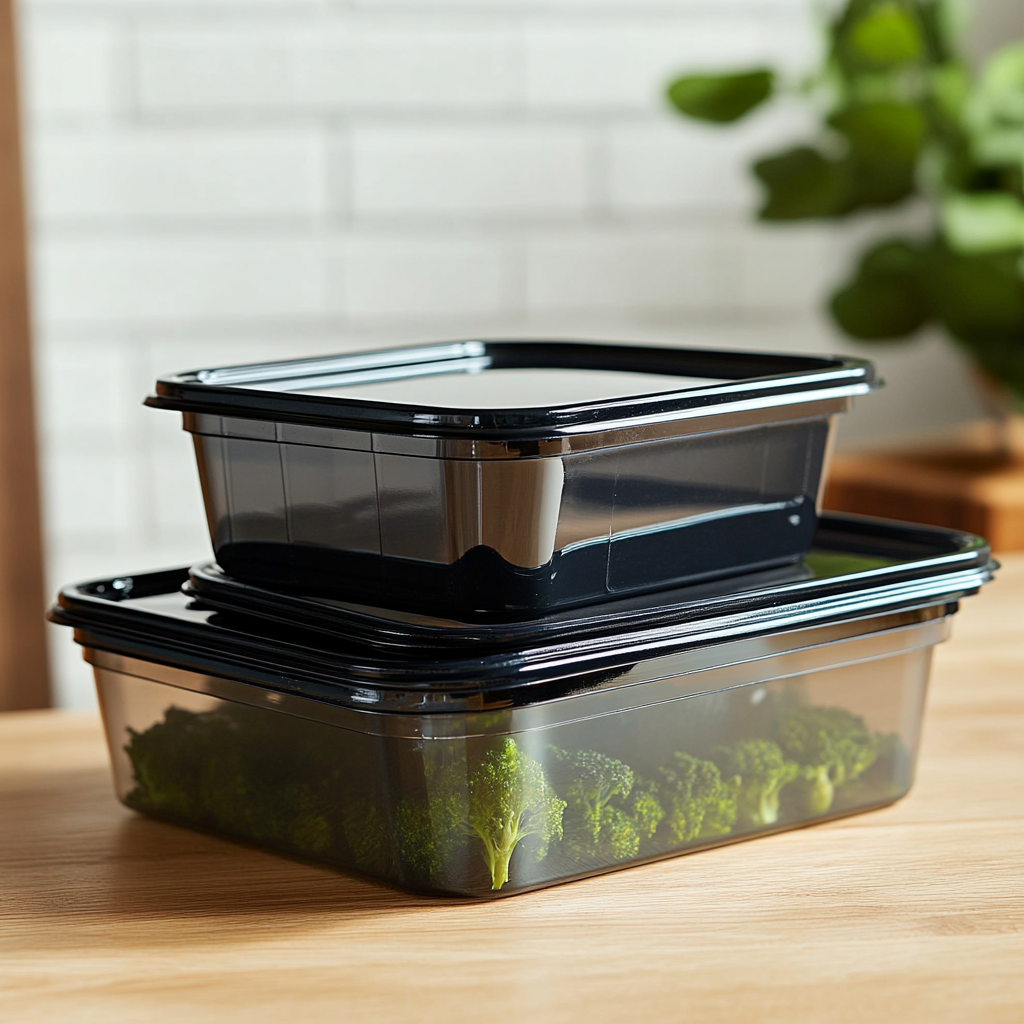Microwaves have become an indispensable kitchen appliance. But what if the very containers we use to heat our food are silently sabotaging our health? Recent studies have unveiled a disturbing truth: the convenience of microwave-ready meals might come at a steep price.
The Hidden Dangers of Plastic Containers
When it comes to microwaving food, not all containers are created equal. Plastic containers, in particular, have come under scrutiny for their potential to leach harmful chemicals into our meals. Two primary culprits have been identified: bisphenol A (BPA) and phthalates. These chemicals, commonly found in various plastic products, have been linked to a host of health issues, including cancer, birth defects, and immune system suppression.

The problem arises when these plastic containers are exposed to heat, such as in a microwave. The high temperatures can cause the chemicals to break down and migrate into your food. What’s more alarming is that fatty foods like meats and cheeses can accelerate this process, increasing your exposure to these potentially harmful substances.
The PFAS Predicament
But it’s not just the containers themselves that pose a risk. The food packaging industry has long used a group of chemicals known as per- and polyfluoroalkyl substances (PFAS) to create grease-proof barriers in products like pizza boxes and microwave popcorn bags. These “forever chemicals” have earned their nickname due to their persistence in both the environment and our bodies.
A shocking report by IPEN and the Nexus3 Foundation revealed that microwave popcorn products containing toxic PFAS are being exported from the U.S. to other countries like Indonesia. Independent testing of 29 popcorn products from four major U.S. producers found PFAS in every single sample. This global spread of toxic chemicals through everyday food items highlights the urgent need for stricter regulations and consumer awareness.
Decoding the Numbers: Which Plastics are Safe?

Not all plastic containers are created equal when it comes to microwave safety. The key lies in understanding the recycling codes typically found on the bottom of plastic products. Experts advise avoiding containers labeled with the numbers 1, 3, 6, or 7, as these are more likely to contain BPA and phthalates. Instead, opt for containers marked with the numbers 2, 4, or 5, which are generally considered safer options for microwave use.
However, it’s important to note that even “microwave-safe” plastics may not be entirely risk-free. The safest bet is to transfer your food to glass or microwave-safe porcelain containers before heating. These materials are far less likely to leach any harmful substances into your meals.
The Cumulative Effect: A Chemical Cocktail in Your Body
The true extent of the problem goes beyond individual chemicals. A groundbreaking study has identified over 3,600 chemicals in food-related materials that have been detected in people worldwide. Even more concerning, 189 of these chemicals have been linked to breast cancer, with 76 of them capable of migrating out of packaging and utensils during normal use.
This chemical cocktail in our bodies is the result of years of exposure through various sources, including food packaging. While the effects of individual chemicals might be subtle, the cumulative impact over time can lead to serious health issues. The good news is that by reducing exposure, many of these effects can be reversed.
Regulatory Gaps and the Path Forward

The Food and Drug Administration (FDA) has been working to address these concerns, but progress has been slow. Many of the chemicals currently used in food packaging were approved decades ago with little to no oversight. Even more troubling, some have never been reviewed by the FDA at all, thanks to a loophole that allows food and chemical companies to determine whether a chemical is safe.
While the FDA has recently announced the elimination of PFAS from food packaging in the United States, critics argue that more comprehensive action is needed. Advocates are calling for a systematic approach to chemical reassessment and stricter regulations that address the cumulative impacts of exposure to multiple chemicals.
Protecting Yourself: Simple Steps for Safer Microwaving
While regulatory changes are crucial for long-term safety, there are steps you can take today to minimize your exposure to potentially harmful chemicals:
- Opt for glass or microwave-safe ceramic containers when heating food.
- If you must use plastic, choose containers labeled with recycling codes 2, 4, or 5.
- Avoid microwaving food in takeout containers, plastic bags, or plastic wrap.
- Use paper towels instead of plastic lids to cover food in the microwave.
- Don’t reuse single-use plastic containers or water bottles.
- When using plastic wrap, ensure it doesn’t come into direct contact with hot food.
- Consider alternatives like wax paper or parchment paper for covering food.
By making these simple changes, you can significantly reduce your exposure to potentially harmful chemicals and enjoy your microwave meals with greater peace of mind.
The Future of Food Packaging: Innovation and Awareness
As consumers become more aware of the potential risks associated with certain food packaging materials, the industry is under pressure to innovate. Researchers are exploring new, safer alternatives to traditional plastics and chemical treatments. Some companies are already leading the charge by developing biodegradable packaging materials or using naturally derived substances to create grease-resistant barriers.
However, change on a large scale requires more than just industry innovation. It demands consumer awareness and action. By staying informed about the products we use and making conscious choices about our food storage and preparation methods, we can collectively push for safer, healthier options in the marketplace.

